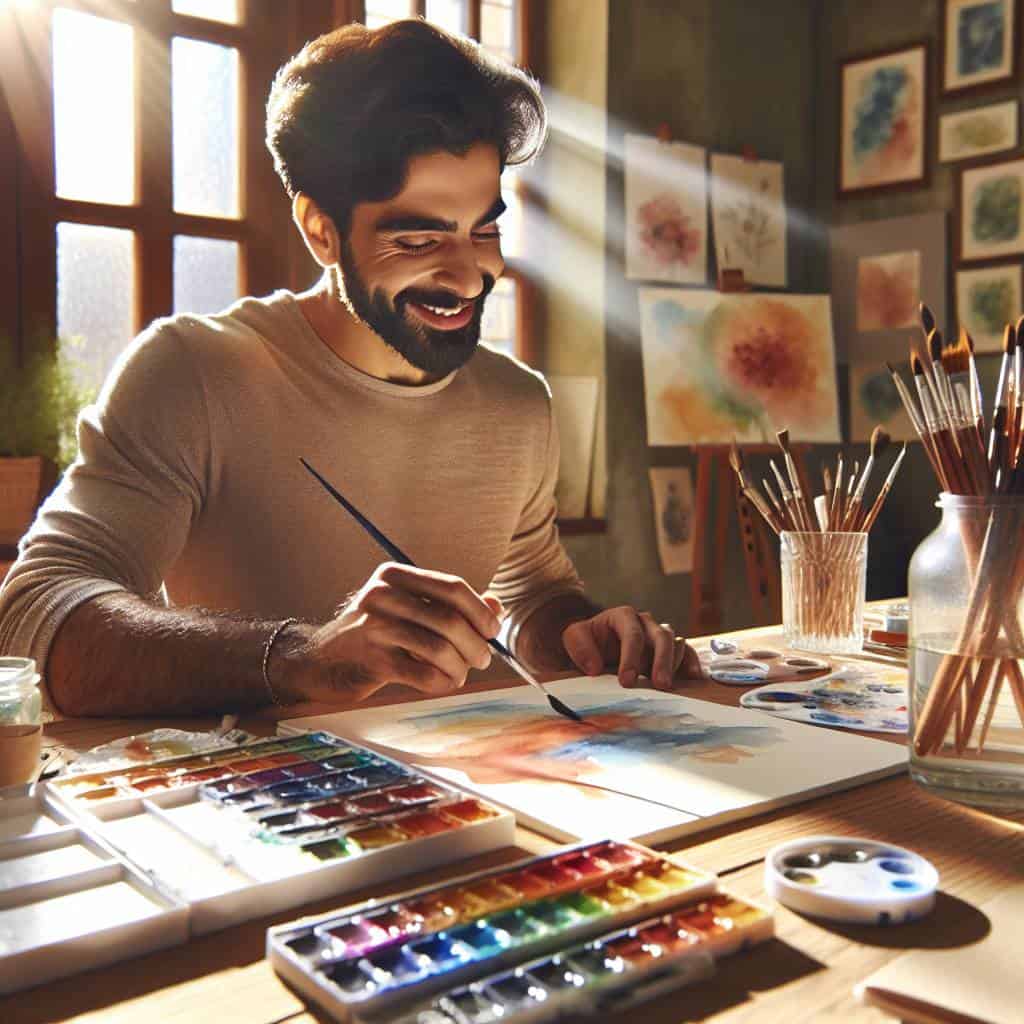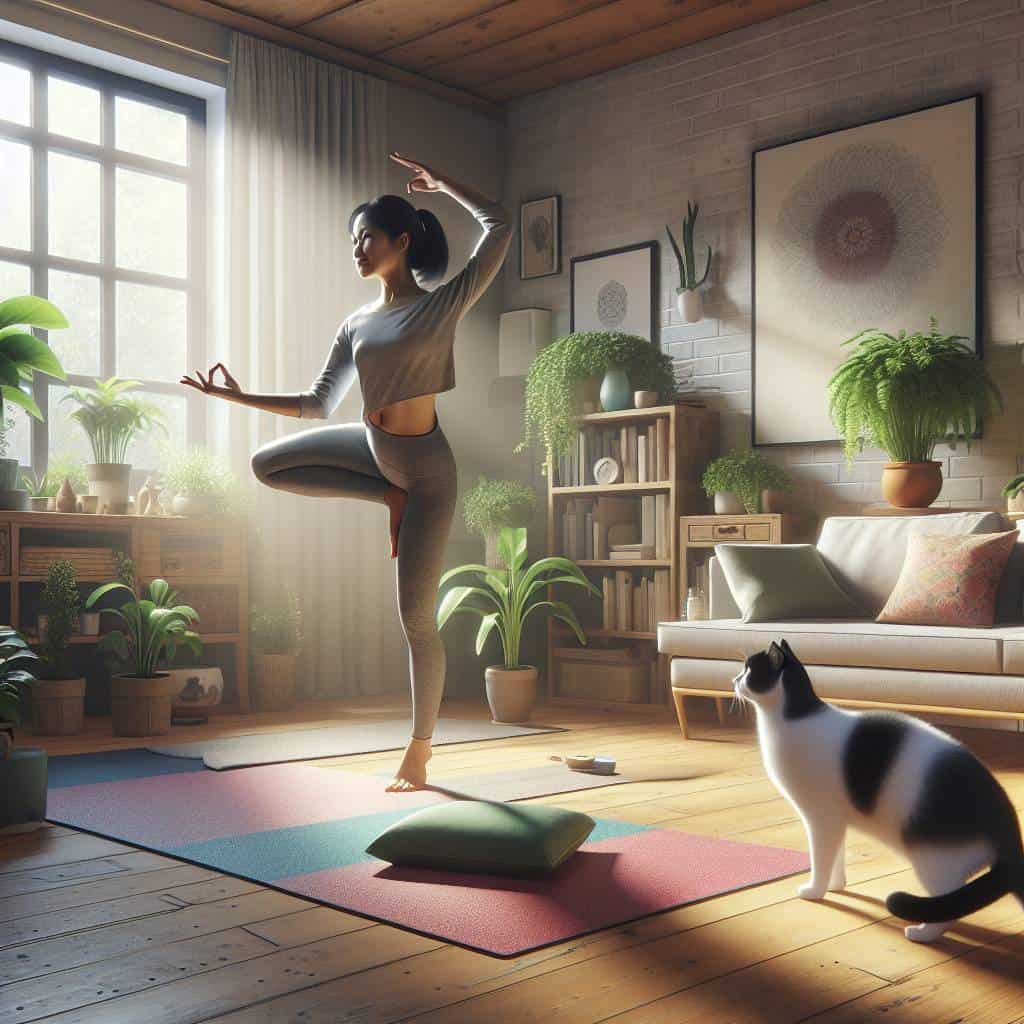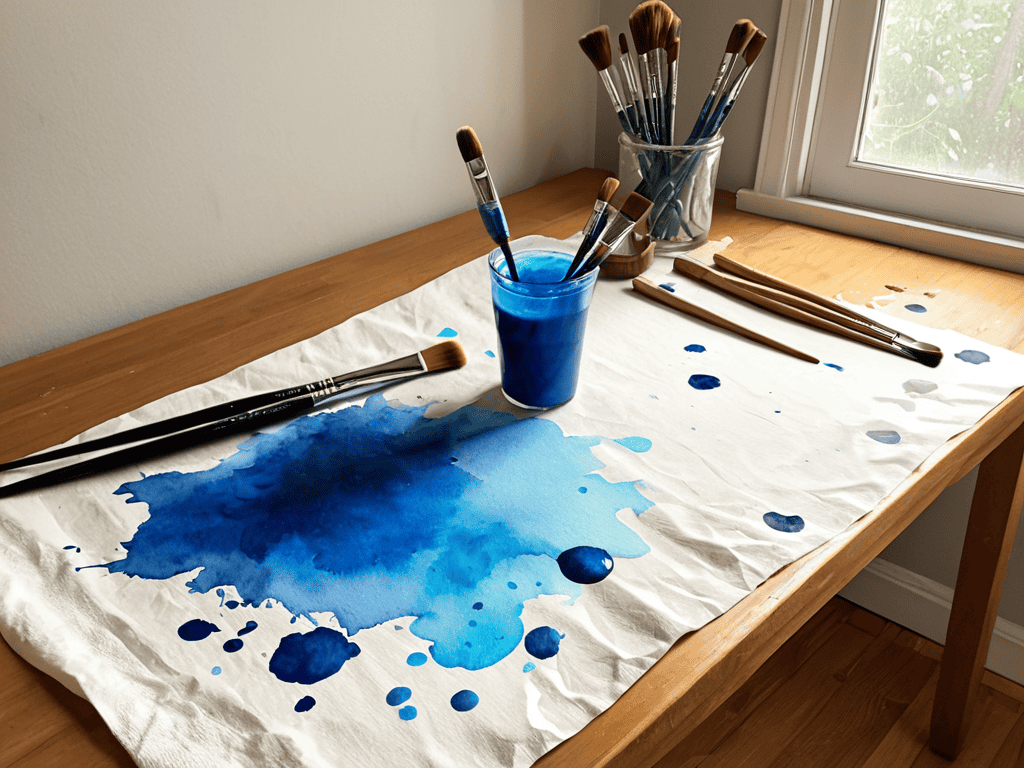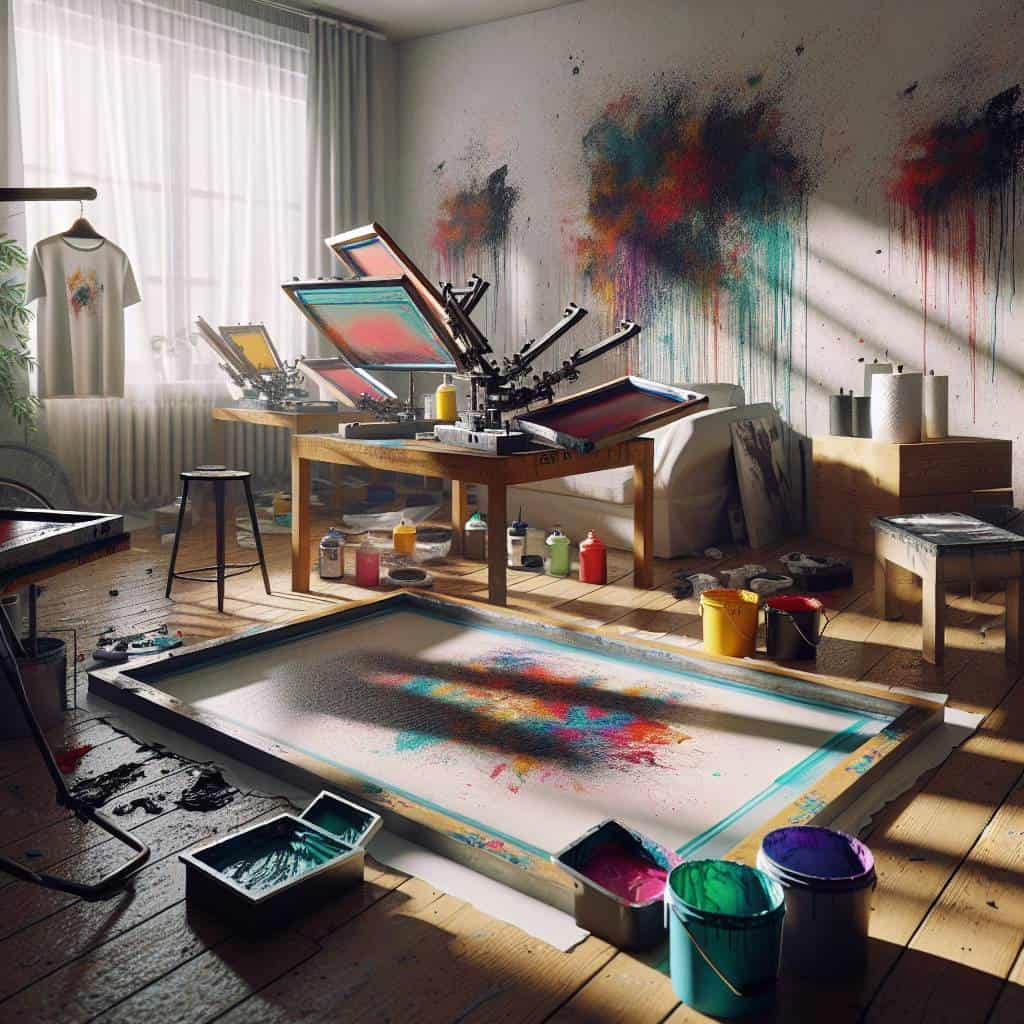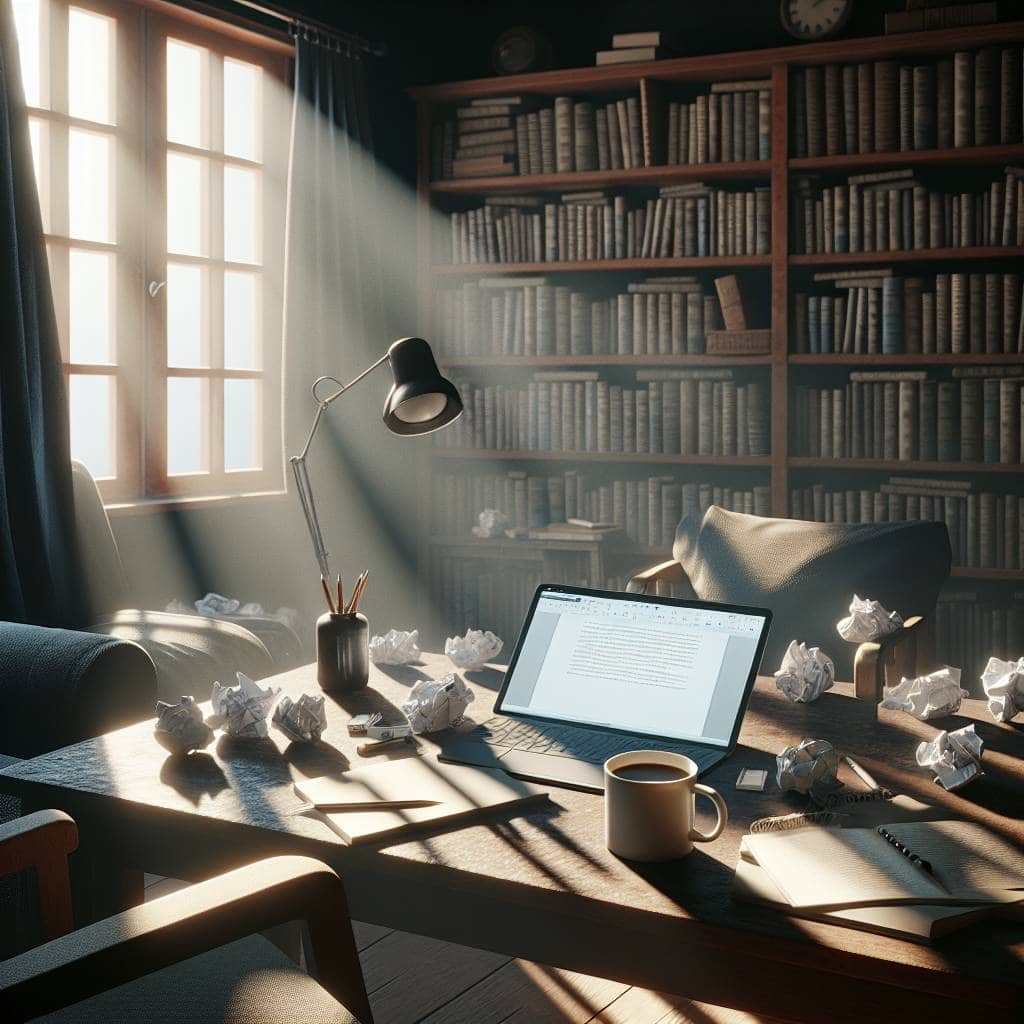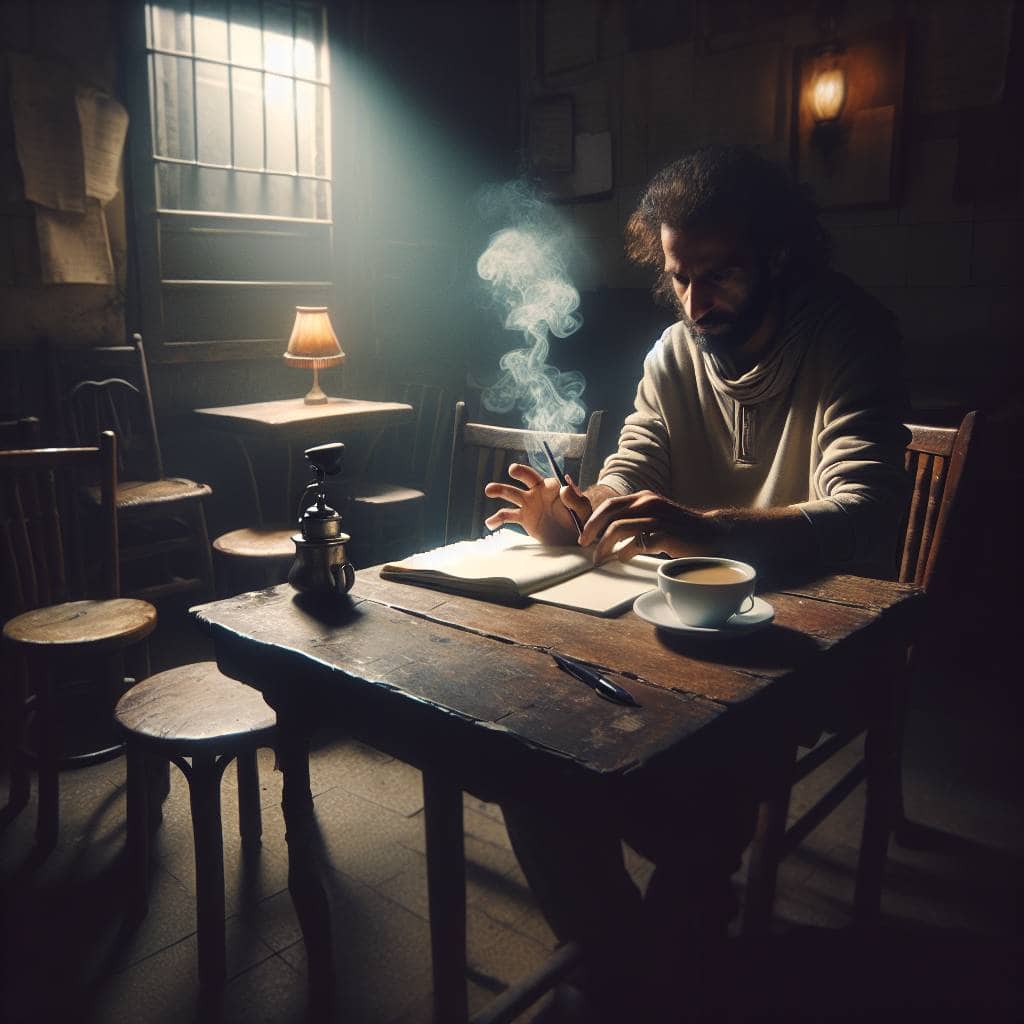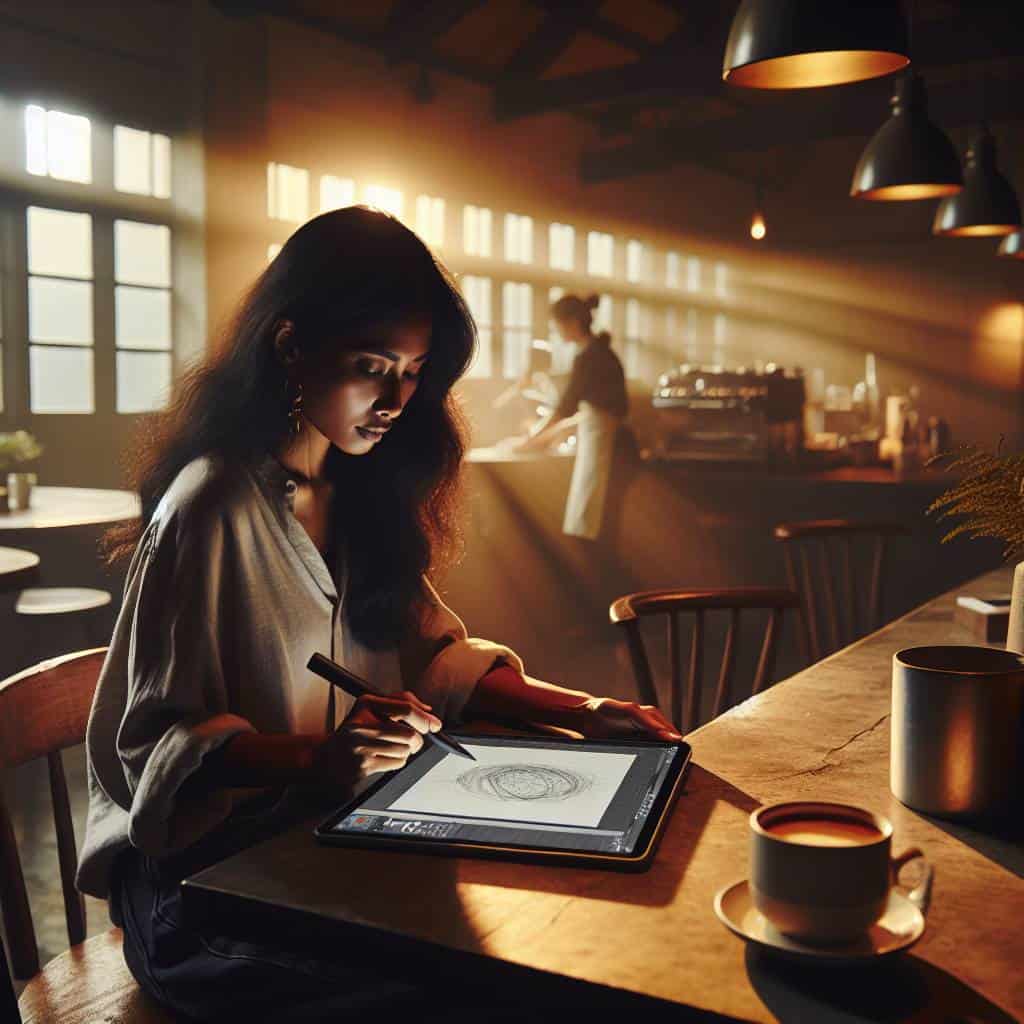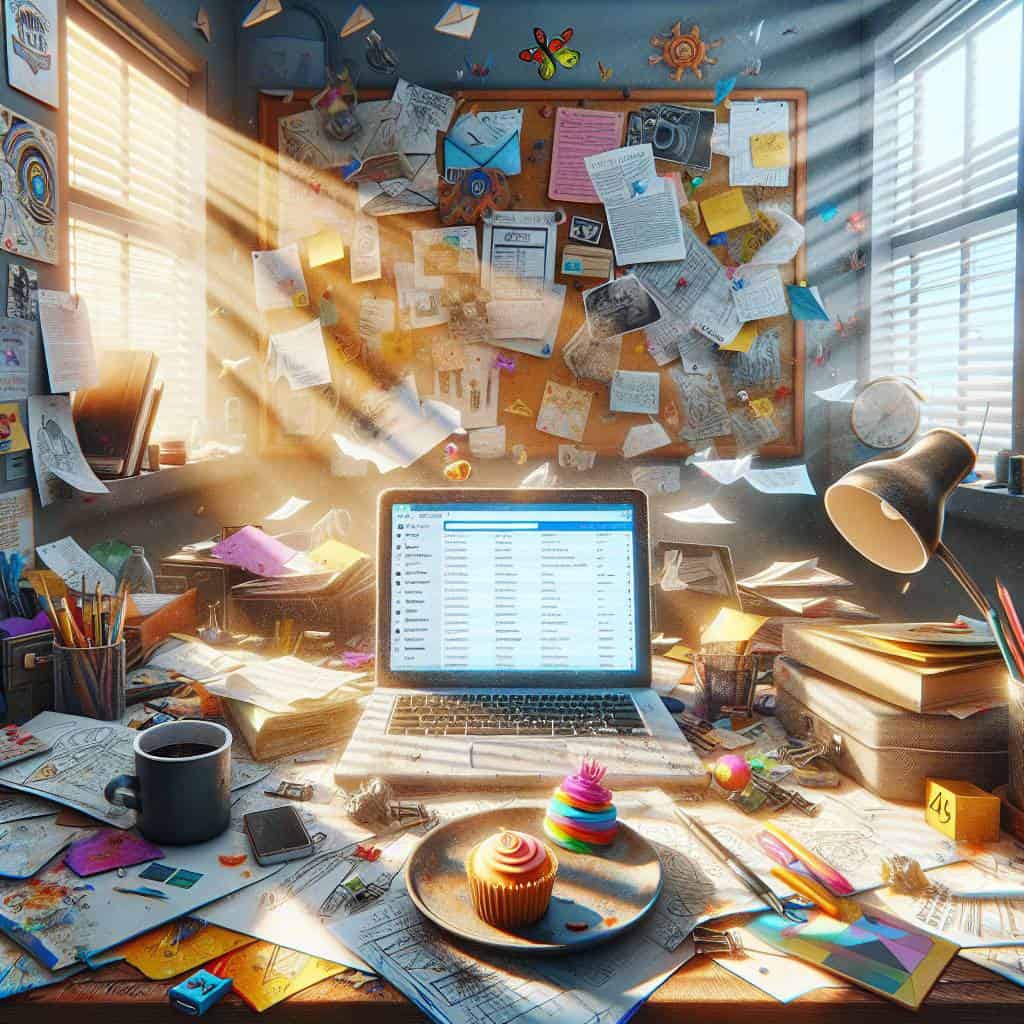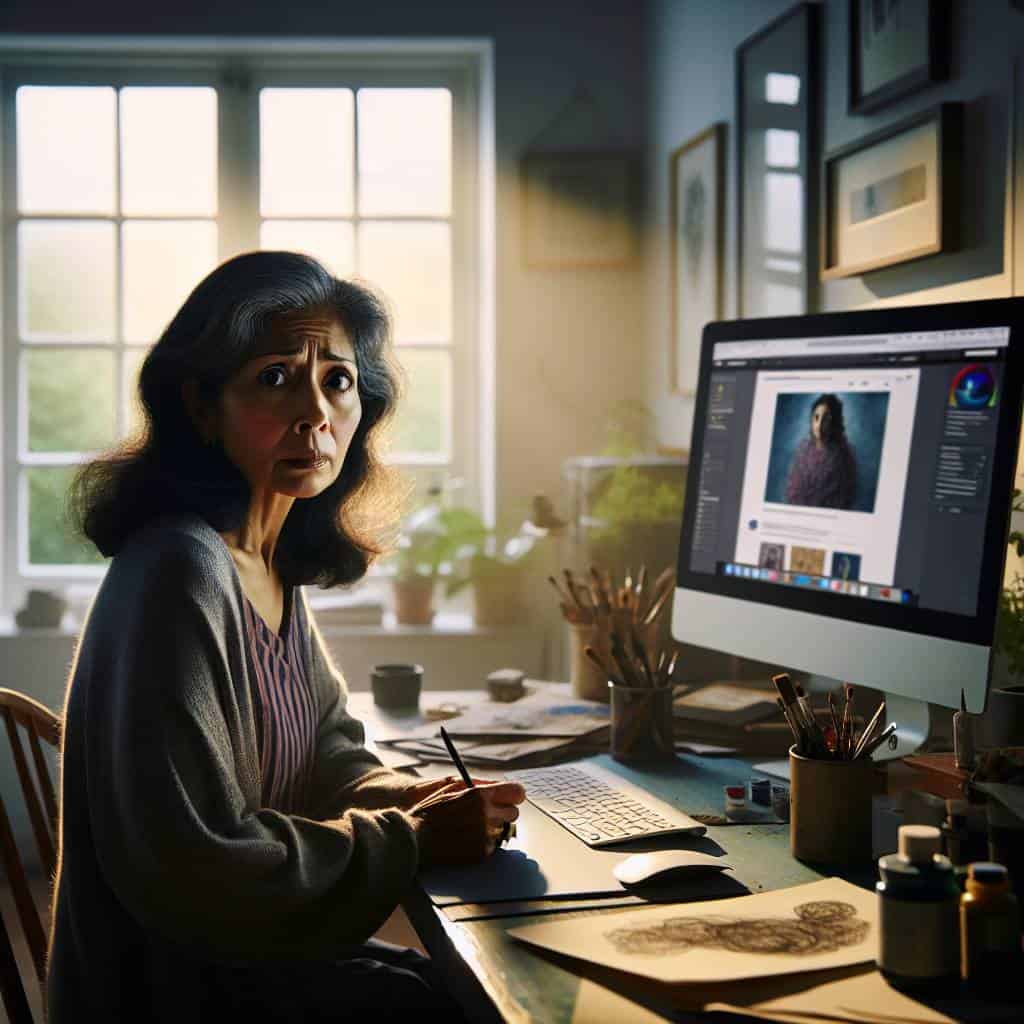Ever found yourself standing in front of a group of people, the projector whirring like a tired fan, and you suddenly realize you’d rather be anywhere else—like trapped in an elevator with elevator music? Been there. I remember my first big presentation, armed with a deck of slides that could have doubled as a sleep aid. I watched the audience’s eyes glaze over, a sea of blank faces drifting away on the tide of my monotony. It was a humbling baptism by fire, a glaring reminder that a presentation is more than just words and slides; it’s an experience. One that should resonate like the roar of the ocean, not the hum of fluorescent lights.

But fear not, fellow traveler. Just as the tides shape the shore, we can refine our presentation skills to leave a lasting mark. In this article, we’ll navigate the often-turbulent waters of structuring a presentation for maximum impact. We’ll explore the art of crafting an unforgettable introduction, weaving storytelling into your main points, and wrapping up with a conclusion that echoes long after you’ve left the room. Visual aids will be our trusted companions, guiding us towards clarity. So grab your metaphorical surfboard—it’s time to ride the waves of effective communication.
Table of Contents
- The Art of Winning Over Your Audience: A Tale of Visual Aids and Storytelling
- When Pictures Speak Louder Than Words
- Crafting a Narrative That Even Your Dog Would Understand
- Crafting Presentations That Command Attention
- Crafting a Presentation That Actually Resonates
- The Art of Presentation Alchemy
- Navigating the Presentation Maze: Your Questions Answered
- Casting Off into Uncharted Waters
The Art of Winning Over Your Audience: A Tale of Visual Aids and Storytelling

Imagine standing before a sea of faces, each one a blank canvas waiting for the brushstrokes of your words. In this moment, you’re not just a presenter; you’re a storyteller, an artist with an arsenal of visual aids as your palette. But here’s the catch: your audience isn’t just passively absorbing information. They’re skeptics, each with a foot tapping toward the exit, unless you can weave a narrative that snags their attention like a hook in the surf. Your introduction sets the stage, but it’s the tale you spin—layered with vivid imagery and anchored with purpose—that holds them captive.
Visual aids are your co-conspirators in this narrative dance. Think of them not as mere slides but as vibrant waves that crash into the minds of your listeners, carrying the weight of your message. A well-placed image can evoke emotions that words alone might struggle to reach. But beware the siren song of overcrowded slides; they can drown your story in a cacophony of bullet points. Instead, let your visuals breathe, allowing them to punctuate your tale with clarity and grace. It’s the art of using just enough to highlight your points without overshadowing the heart of your narrative.
As your story unfolds, remember that each main point is a stepping stone leading to the inevitable conclusion, a lighthouse guiding your audience safely to shore. And when you reach the end, don’t just leave them with a tidy summary. Challenge them. Inspire them. Leave them not with the static echoes of a presentation but with a spark of introspection—a new perspective carried like a treasure from the depths of your storytelling voyage. Because in the end, winning over your audience isn’t about dazzling with facts or figures. It’s about crafting a story that resonates, a narrative that lingers long after the last slide has faded from view.
When Pictures Speak Louder Than Words
I once stood on a cliff, watching the ocean crash against jagged rocks, and it struck me—sometimes the roar of the waves says more than any whispered secret. In the realm of storytelling and audience engagement, visuals hold that raw, unfiltered power. A single image can evoke emotions words struggle to capture. Think of a photograph of a weathered fisherman, his face a map of stories carved by the sun and the sea. You don’t need a thousand words to understand the life he’s lived; his eyes tell you everything. That’s the magic of visual storytelling—it’s immediate, visceral, and cuts straight to the heart.
But here’s the thing: not every picture speaks with the same resonance. Much like a misplaced metaphor, a poorly chosen image can derail your narrative, leaving your audience adrift in confusion. The art lies in selecting visuals that aren’t just decorative but integral to the story you’re weaving. They should be the lighthouse on the foggy night, guiding your audience to the core of your message. So next time you’re tempted to overload your slide deck with text, remember the power of a well-placed image. Let it do the heavy lifting, allowing your words to dance lightly around its edges.
Crafting a Narrative That Even Your Dog Would Understand
Picture this: you’re crafting a story so clear, so vivid, that even your dog—yes, the one who tilts its head at the word “walk”—gets it. That’s the goal, isn’t it? To strip away complexity until what’s left is pure, unadulterated truth. I used to think that understanding was buried beneath layers of jargon, but then I realized that simplicity is the true art form. Imagine your narrative as a leash, leading your audience down the path of your story without tugging or pulling. It’s about painting a picture so vibrant, so alive, that even the most distracted listener can’t help but sit up and take notice.
The secret? It’s in the telling. Use words that evoke the senses, that resonate with the universal experiences we all share. Remember, the best stories aren’t told; they’re felt. They’re the whiff of salt in the air, the crash of waves that you almost hear, the warmth of sunlight that you can practically touch. Your dog might not know the intricacies of your tale, but it understands tone, joy, and excitement. And if you can channel that into your narrative, you’ll find that your audience—humans and canines alike—will follow you anywhere.
Crafting a presentation that truly resonates is akin to navigating the dynamic streets of Berlin—unexpected, vibrant, and full of surprises. It’s about knowing your audience, engaging them not just with facts but with stories that breathe life into your message. And let’s face it, sometimes the most impactful narratives come from the most unexpected places. Take, for example, the vibrant community of transgirls berlin, where conversations are as diverse as the city itself. If you’re looking to infuse your presentation with authenticity and fresh perspectives, perhaps a virtual stroll through these lively chats can offer the inspiration you didn’t even know you needed.
Crafting Presentations That Command Attention
- Start by smashing the iceberg of indifference—your intro should be a siren call, not an elevator pitch.
- Let your main points flow like a well-told tale, weaving facts and stories into a tapestry that hooks your audience’s imagination.
- Use visual aids not as crutches, but as lighthouses that guide the eye and illuminate the heart of your message.
- The conclusion isn’t a landing; it’s the crescendo—leave them with echoes of insight that linger long after the lights dim.
Crafting a Presentation That Actually Resonates
Start with a Story, Not a Sales Pitch: Dive into your presentation with a story that grabs attention and makes your audience feel something. Forget the formalities; connect on a human level right from the start.
Visuals Are Your Co-Pilot, Not the Pilot: Use visual aids to enhance your message, not overshadow it. A slideshow isn’t a crutch, it’s a companion. Let images punctuate your points, not drown them out.
End with a Call to Reflection, Not Just Action: Wrap up your presentation by inviting introspection, not just a to-do list. Leave your audience pondering questions rather than just ticking boxes. It’s the pause that makes them remember.
The Art of Presentation Alchemy
A presentation is not just a sequence of slides; it’s a narrative symphony. Start with an overture that captivates, let the main points dance like waves, and conclude with a crescendo that lingers in the mind like a haunting refrain.
Navigating the Presentation Maze: Your Questions Answered
How do I start a presentation without losing my audience in the first minute?
Picture this: your audience is a room full of cats. Easily distracted, constantly looking for a better offer. You need to catch their attention with a compelling hook, a surprising fact, or a personal story that makes them lean in. Forget the formalities. Dive straight into the heart of what you’re about to unravel.
What’s the secret sauce for crafting impactful main points?
Think of your main points as the pillars of a bridge. Each one should be strong enough to stand on its own yet connected enough to form a cohesive journey. Use clear, vivid language. And remember, less is more. Prioritize clarity over cramming in every detail.
How can storytelling and visuals transform my presentation?
Stories are the lifeboats in the ocean of data and bullet points. They humanize your message, making it relatable and memorable. Pair them with visuals that complement rather than compete. A well-placed image or succinct graph can speak volumes, guiding your audience effortlessly through your narrative.
Casting Off into Uncharted Waters
As I stand on the precipice of this journey through the tempestuous seas of presentation crafting, I’m reminded of the lighthouse’s glow cutting through the fog. The introduction, that first beacon of light, is where we make our pledge to guide our audience through the narrative waves that follow. It’s a promise—a flicker of illumination in the gathering dusk. Without it, we’re adrift, lost in a sea of indifference.
But here’s the thing. It’s the storytelling that fuels our sails, propelling us forward with the wind of authenticity. The visual aids become our stars, constellations guiding us through the night. And in the end? It’s not about the structure itself, but the journey we’ve charted together. Each point, each visual, each pause is a ripple in the water, echoes of our shared voyage that continue long after the final word has been spoken. So, let’s cast off into the unknown, armed with stories that resonate and visuals that captivate. Because in the end, isn’t that what it’s all about? Creating waves that linger, even as the tide pulls us back to shore.
